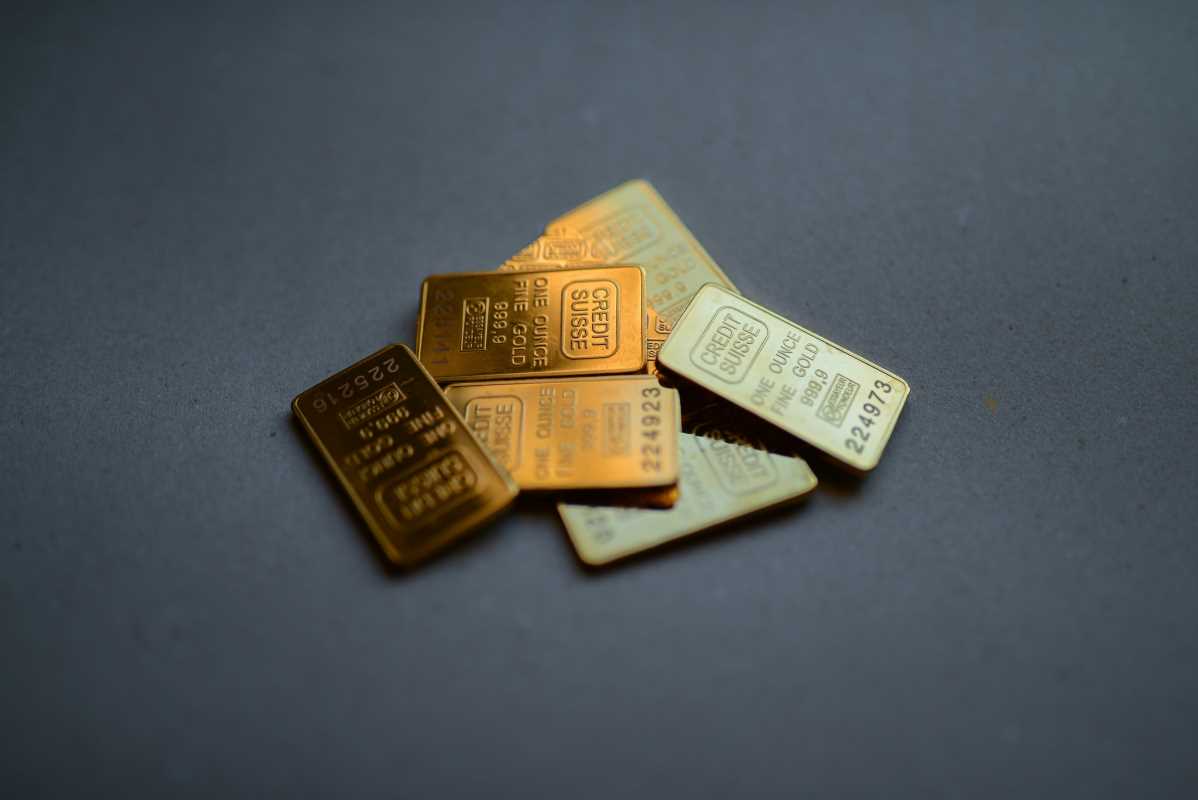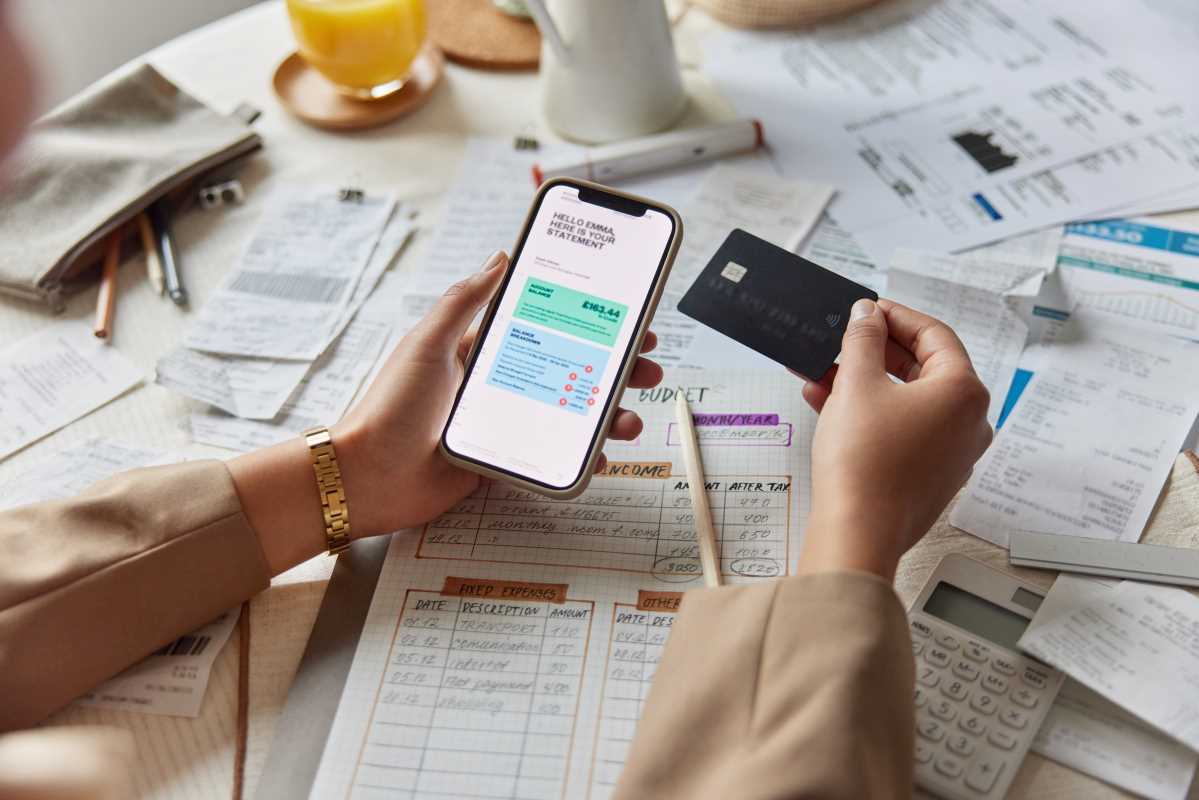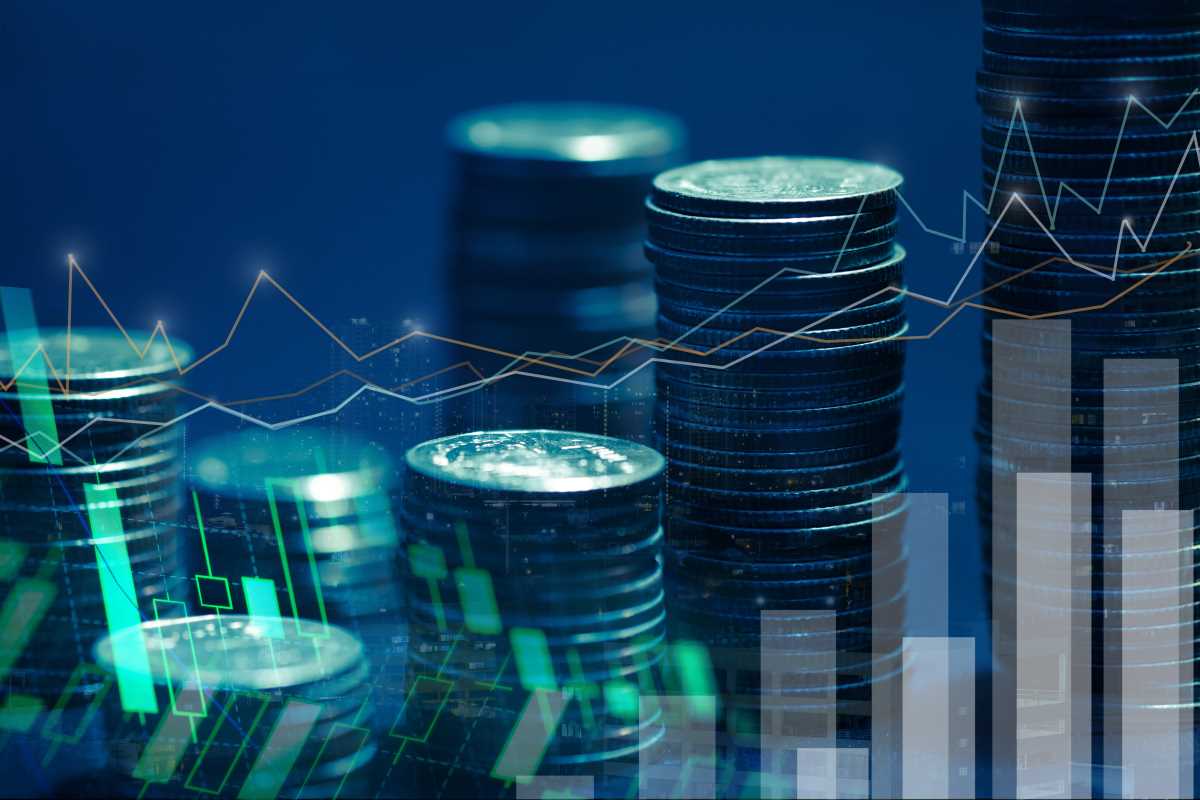Investing in retirement goes beyond traditional stocks and bonds. Including precious metals in your Individual Retirement Account (IRA) not only diversifies your investment portfolio but also offers a safe haven during economic uncertainties. Precious metals like gold, silver, platinum, and palladium provide unique benefits that can safeguard your savings and potentially enhance your long-term financial security. Here’s a look at how incorporating precious metals into your IRA can play a pivotal role in stabilizing and growing your retirement funds.
Understanding IRA Precious Metals
Investing in precious metals through an IRA isn't as straightforward as buying stocks or bonds, but it offers unique advantages. These metals, particularly gold and silver, have historically held their value over time, serving as a hedge against inflation and currency devaluation. To invest, you must set up a self-directed IRA, which allows for investment in a broader array of assets, including precious metals.
It's essential to understand that not all metal products qualify for IRA investments. The IRS has specific requirements regarding the purity of metals and the forms (bars, coins, bullion) that can be included. Adhering to these rules is crucial for your investment to maintain its tax-advantaged status.
Benefits of Precious Metals in an IRA
The primary benefit of including precious metals in your IRA is risk reduction through diversification. Unlike stocks and bonds, whose values often correlate with market fluctuations, precious metals typically move independently. This counter-cyclical behavior can protect your portfolio against severe market downturns.
Moreover, precious metals are tangible assets. They provide a form of financial security not tied to any particular country's economy or the performance of specific industries. This global universality adds another layer of security for investors looking to reduce geopolitical risk.
Choosing the Right Metals
While gold and silver are the most popular choices for precious metals IRAs due to their enduring value and demand, platinum and palladium also offer significant investment opportunities. Platinum is rare and has industrial applications that drive its demand, while palladium has become increasingly sought after, particularly in the automotive industry for use in catalytic converters.
Each metal has its market dynamics and risk factors, so choosing which ones to include in your IRA should depend on your investment goals, risk tolerance, and market outlook. A diversified metals portfolio can mitigate risks associated with any single metal.
Storage and Custodians
IRS regulations require that precious metals in an IRA be stored in a secure, IRS-approved depository. Investors cannot take personal possession of the metals while they are part of the IRA. Choosing the right custodian—typically a bank or other approved entity—is crucial as they will handle the purchase, sale, and storage of the metals.
When selecting a custodian, consider their fees, storage facilities, and overall reliability. Some custodians specialize in precious metals and offer services tailored to the needs of metals investors, which can enhance the overall management of your precious metals IRA.
Tax Considerations
Investments in an IRA, including precious metals, grow tax-deferred. This means you won't pay taxes on capital gains, dividends, or interest income from these assets until you make withdrawals. For traditional IRAs, withdrawals are taxed as ordinary income, while Roth IRAs, funded with after-tax dollars, allow for tax-free withdrawals under certain conditions.
Understanding the tax implications of your investment choices can help you manage your tax liabilities and maximize the benefits of your IRA.
Market Timing and Strategy
While the idea of timing the market is tempting, consistent, long-term strategies often yield the best results. Precious metals can be volatile in the short term but tend to provide stability and growth over the long haul. Including them as part of a broader investment strategy that includes regular contributions and rebalancing can help maximize potential returns and manage risk effectively.
Investors should also keep abreast of global economic indicators and trends in the metals markets, as these can affect prices and the strategic positioning of your investments within your portfolio.
Liquidity and Selling
Although precious metals are considered liquid assets, selling them from an IRA involves specific steps. You must first coordinate with your custodian for the sale, and the proceeds will remain within your IRA to maintain its tax-advantaged status. Understanding the liquidation process and any associated fees is important for managing your investments effectively.
Planning for potential future needs by understanding the liquidity of your IRA assets can provide peace of mind and prevent costly missteps in emergencies.
Risks and Considerations
Like any investment, precious metals come with risks. Prices can be volatile, influenced by global economic factors, currency fluctuations, and changes in supply and demand. Additionally, the specialized nature of a precious metals IRA means higher custodian and storage fees compared to other IRA investments.
Balancing these risks with the potential benefits requires a thoughtful approach to investment in precious metals. Consulting with a financial advisor who understands precious metals can provide insights tailored to your specific financial situation and goals.
Looking Ahead
As you approach retirement, the stability of your investments becomes increasingly critical. Precious metals can offer that stability, making them a worthwhile consideration for any retirement portfolio. By understanding the unique attributes and requirements of these investments, you can make informed decisions that help secure a prosperous and stable financial future.
Investing in precious metals within an IRA setup allows for a diversified, secure, and potentially lucrative approach to retirement planning. With proper management and strategy, these investments can safeguard and enhance your retirement portfolio, ensuring that you enjoy a secure financial future.






